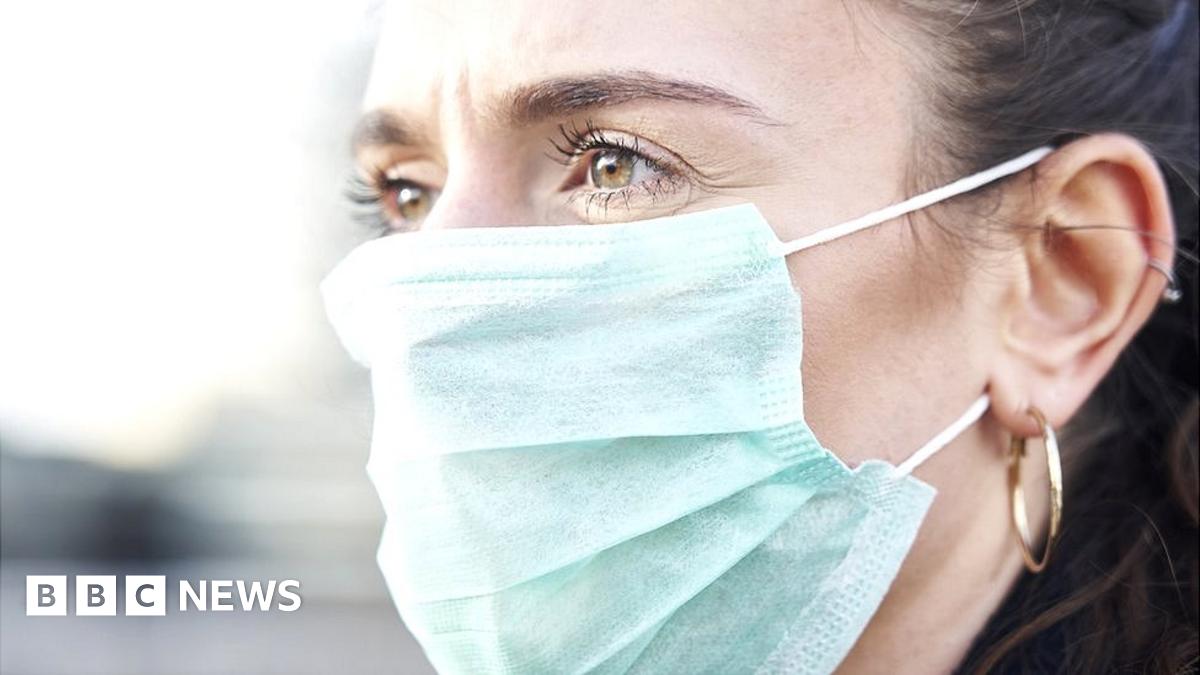Look at it from a logical perspective; if someone is infected and is talking with someone else in the same room and they are wearing some kind of loose face covering then some of the viral particles from the infected person will escape from behind the mask and potentially infect the other person, but some particles will also land on the inside of the face covering and not transfer to the other person. If the infected person is not wearing any face covering then the particles that would have landed on the back of the mask would instead be airborne and potentially go to the other person, hence the other person would potentially receive a bigger viral load in the 'no mask' scenario.
Now look at what actually happens with those particles. Without a mask, larger droplets would mostly just fall to the ground. With one, they hit the inside of the mask and spread out, then get atomised into aerosols by the wearer's breathing - meaning that instead of being part of a larger droplet falling to the ground, they are now floating around in the air for somebody to breathe in...
== Doublepost prevention - post automatically merged: ==
I'm not convinced that any of the rules and restrictions made any difference.
There have been so many restrictions around the world now, over several years, that if any of the measures worked there would be a clear correlation between them and reduced infection rates. The fact that there is no such correlation is pretty conclusive proof that they don't work.

 I agree with every word of that.
I agree with every word of that.
